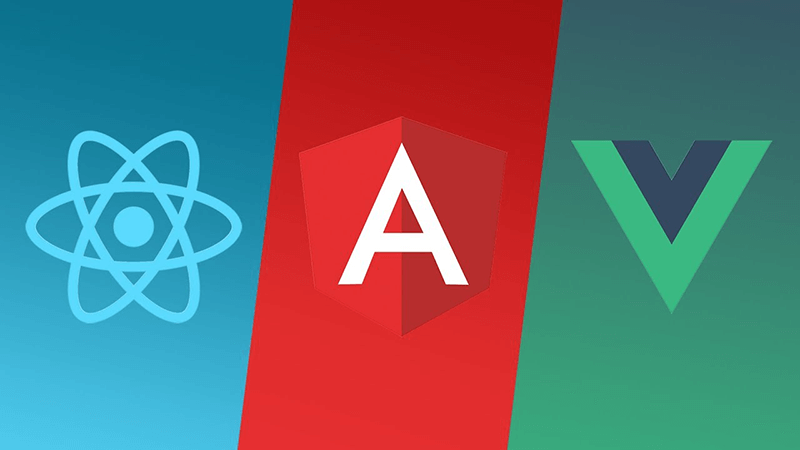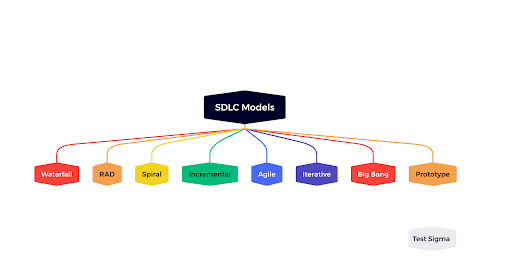
When it comes to developing interactive web applications, ReactJS is a well-established framework and a favorite option among developers. The two main competitors of ReactJs are Angular and Vue, both strong frameworks that come with their individual strengths and weaknesses. Let’s look at how these other frameworks grow up next to ReactJS.
React is a JavaScript library for developing user interfaces for web applications. Developed and managed by Facebook, it is used by many well-known online companies such as Netflix, Airbnb, Dropbox, and Microsoft.
Angular is a cross-platform JavaScript MVVM (Model-View-View Model) framework for developing interactive web applications. Developed and managed by Google, it is also used by a variety of major online businesses such as Upwork, Paypal and Udemy.
Vue is a JavaScript framework that intends to be more convenient, versatile and performant than its rivals. A nearly new challenger, it is growing fast in popularity. It was founded by Evan You, an ex-Google developer who worked on Angular wanting to create a better, more lightweight framework. It is used by Alibaba, Grammarly, and Adobe, amongst others.
Development and Support
Because React is supported and used by Facebook, it is very well managed with frequent updates, and being open-source, many programmers from all over the world add to the codebase. Because of its extensive popularity, there is a range of devices and learning materials through Q&A sites, blogs, and guides, making it simpler for new developers to get up to speed. Facebook is also developing the next generation of React called React Fibre, which will be 100% backward compatible.
Angular is supported and used by Google and comes with extensive documentation as well as a kind of learning materials and tutorials. Angular is a recent development of AngularJS, the framework originally released in 2010. This means that Google is hard at work developing Angular and making it a better choice for developers.
The development and maintenance of Vue are led by Evan You, who has a small team of engineers developing the framework, relying on sponsorships and donations. Despite these small beginnings, Vue is growing very fast and is already undergoing strong uptake with new companies and developers.
Learning Curve
Applications written with React are written in JSX, a syntax extension to JavaScript which asks developers to have JavaScript experience. Because it is a very flexible framework, it is also one which offers little basic guidance for developers when developing an application. Due to its depth, it takes a comparatively long time to master and requires competence in integrating user interfaces into an MVC framework.
Angular is much more opinionated on how an application should be structured, which makes it more comfortable to grasp. However, it offers a fatiguing number of tools for developers to learn, as well as asking developers to use TypeScript, which is almost niche compared to JavaScript and is, therefore, less reliable as a long-term opportunity for companies. Angular is also more bloated in features compared to its matches, which results in a significant learning curve.
Vue is the simplest and most convenient of the three, and some companies have switched to it precisely because of how easy it is for new developers to learn. Its syntax is based on HTML which is simpler to learn than JavaScript, and it also features compatibility with React’s JSX in order to allow developers to take benefit of the more powerful JavaScript when needed.
Performance and Capability
React is a very performant, flexible and responsive framework, especially due to being massively JavaScript-based. It features a virtual DOM (Document Object Model) which makes updating the application as a result of changes in data and state more performant.
Angular is very performant with similar features to React, although for large, data-heavy applications it can be significantly slower. This is because it features two-way data binding between source and view, whereas React and Vue are one-way. Two-way data binding also makes it more challenging to debug mistakes in the application.
Vue is a very flexible and modular framework that makes it easier to develop a wide range of different applications. Like React, it features a virtual DOM to improve performance.
All these frameworks are component-based, which means that developers can create small, versatile components that can be combined in different ways to produce complex UIs.
Conclusion
The selection of a framework for your project depends on the specific conditions of the project, and the skills you have on your team. Despite differences in the way that applications are developed in these three frameworks. all are strong and performant options that are well worth considering



